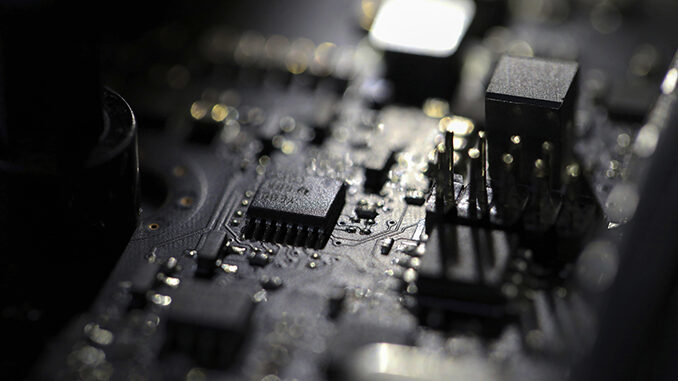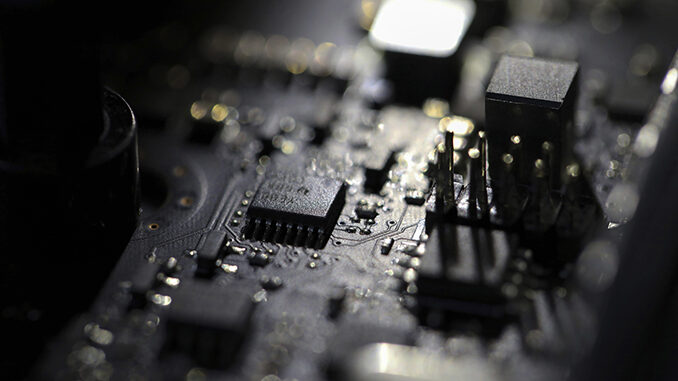

WASHINGTON, D.C. — A global computer chip shortage has made it harder for consumers to get their hands on cars, computers and other modern-day necessities, so Congress is looking to boost chip manufacturing and research in the United States with billions of dollars from the federal government.
Both the House and the Senate have passed major legislation on the matter, and the effort is one of lawmakers’ final opportunities before the November elections to show voters they are addressing the nation’s strained supply chains.
Now they have to work out considerable differences in the two bills. And Senate Republicans are already digging in before the negotiations formally begin.
President Joe Biden has made the semiconductor legislation a top priority, but he’ll need the support of 10 Senate Republicans, and perhaps more, to get a bill to his desk. Senate Republican leader Mitch McConnell emphasized that point when congressional leaders recently announced which lawmakers will serve on the committee that works to reconcile the two bills.
“Without major concessions and changes from House Democrats, this legislation has no chance of becoming law,” McConnell said.
House Democrats say their voices need to be heard during negotiations.
“We need to make sure that everyone has input,” said Rep. Suzan DelBene, D-Wash., chair of the New Democrat Coalition, a group that has 19 members participating in negotiations. “We have a strong bill in the House, and I think there’s important components there that the Senate should also consider.”
The Senate bill is projected to increase spending by about $250 billion over 10 years. The House bill would boost spending by more than $400 billion over the period.
WHERE THERE IS MUCH AGREEMENT
The Senate and House bills allot more than $52 billion for semiconductor production and research. Grants and loans from the federal government would subsidize some of the cost of building or renovating semiconductor plants.
“The chips funding is absolutely the foundation of this bill — it’s a bipartisan foundation,” said Josh Teitelbaum, senior counsel at Akin Gump, a law and lobbying firm. “I think it is what is driving this toward the finish line.”
SOME OVERLAP, BUT KEY DIFFERENCES
Both bills authorize a big boost in spending for the National Science Foundation, but they have different priorities for the research receiving funding.
The Senate bill provides $29 billion over five years to a new directorate focused on strengthening U.S. leadership in artificial intelligence, semiconductors, robotics and other cutting-edge technologies.
The House bill provides $13.3 billion over five years to a new directorate for science and engineering solutions. It lists climate change, environmental sustainability and social and economic inequality as part of the directorate’s focus.
The two sides will have to work out their competing visions for the National Science Foundation.
The two bills also establish regional technology hubs — with the Senate dedicating $10 billion to the program and the House dedicating $7 billion. The Senate bill calls for 20 such hubs, while the House bill authorizes at least 10.
The seed money would go to regional organizations seeking to advance a variety of economic and national security priorities.
The approach has bipartisan support from lawmakers with big rural and minority constituencies who want to ensure the money is not concentrated in universities or communities where a lot of tech research is already done.
However, the bills still diverge on supply chain issues, trade, immigration and climate change, to name a few areas. And no one expects the negotiations to be easy.
“I have a hard time explaining to my friends and constituents,” said Sen. John Cornyn, R-Texas, “that when the White House is in favor of something, when Democrats are in favor of something, Republicans are in favor of something, the House is in favor of it, and the Senate is in favor of it, we still can’t seem to get it done. But I hope that we will take advantage of this opportunity.”



